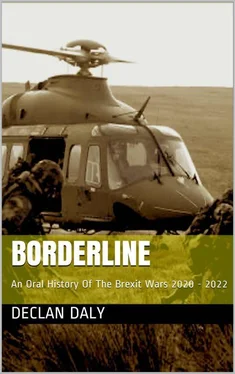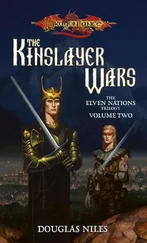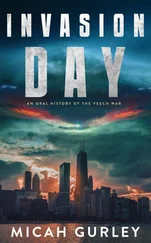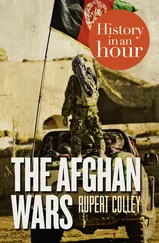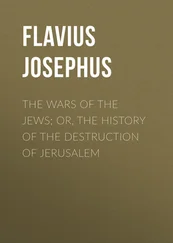While most of the combat action took place close to the border, it was not restricted to that area. The event recounted above took place in the midlands two weeks after one of the most significant battles in modern Irish history. One which is sometimes overshadowed by the events in the Cooleys only a few weeks later. Operation Garden Harvest was a major effort to clean out and secure the Sliabh Blooms. While the focus of their activities remained on the border, the IRA knew they would forever be under the eye of both the Northern Irish and Irish security forces and the various illegal competitors who wanted to occupy that operational space. They needed a secure base to the south from where they could conduct operations – the old rules of the ‘Green Book’ had long since been cast aside and armed action against ‘the Southern State’ was now firmly on the menu. Normally, the sensible thing for an organisation like theirs would be to use the urban envrionments to their advantage. This was impossible in Ireland as the population was almost entirely hostile to their aim to destabilise the state, this in the vain hope of securing some advantage that might later present itself. As a result, a force that was estimated at being about two hundred and fifty strong infiltrated the Sliabh Bloom mountains, mostly staying in small groups of ten or less. More importantly, they were believed to have brought a disporportionate amount of weapons, ammunition explosives and other materials with them. The Sliabh Blooms was to be their redoubt from which they would launch attacks against the midlands towns in the same way that attacks by unionist and republican groups in the north were already escalating. Their aim by now was to essentially to make Ireland one country entirely at war. If this sounds like the goal of an increasingly desperate organisation that would be correct, but no one knew at that point just how short the road ahead of the IRA was. Operation Garden Harvest was intended to prevent the southern campaign of the IRA before it started and deal a critical blow to their ability to maintain operations along the border. In that it was successful.
Operation Garden Harvest (two weeks earlier)
Cpl Diane Keane
‘Anyone who has done any kind of time in the Sliabh Blooms will tell you the same thing. It looks like it should be easy, but it isn’t. Seriously, Naismith’s rule telling you how long it should take you to walk a certain distance? That does not apply here. You just can’t cover ground as quick as you think you will. Anyway, not the point right now. To give you the tourist book version, the Sliabh Blooms is the high point in the Midlands, which is largely flat. The bottom half, or more, is covered by commercial pine forests which are run through completely with walking trails and woodlands. It’s quite nice if you’re just out for a hike or mountain biking. The upper part is all blanket bog, there is no real peaks to speak of, just kind of one big flat plateau, running from the Ridge of Capard in the East and then sloping down in the West towards Kinnity in Offaly.
What this meant for us in taking the place back was, ok – the whole of the Midlands could be observed from there if you had a few OPs, a limited number of OPs in the right place staring out all over so every axis of advance towards the area could be observed. So not ideal in terms of sneaking up on anyone with any kind of numerical force worth talking about. But at the same time, this was as close as we were going to get to holding the IRA in a concentrated area where we could apply conventional tactics to it, force them to fight like we want to fight as opposed to playing the long game of guerrilla warfare. To do this, it meant that 2 Cav, which was already nominated as the national QRF, along with a battalion from Kilkenny who had become, you know, quite well practiced at mobile warfare at various different levels of intensity; they effectively surrounded the bottom part of the mountains. All the roads, in all the roads out were secured and cut off and they pushed in a little bit but then held position.
Now that was troops on the ground and probably if you look at the size of the area, you'll look at that number, 2 battalions effectively, and say that's not enough and you'd be right. With only that number in place the IRA could have just broken into smaller tiny units and just blended into the woods, into the valleys and a whole lot of them, even with all the ISR in the air, air they could find plenty of areas where they could just hideaway. And the fact that it matter is, you know, if you go back to late nineties, there was underground rifle ranges found in the Sliabh Blooms. It was an area that they themselves had some local knowledge of.
So, 2 Cav and friends surrounded the bottom of the mountains and that left the top. To prevent the IRA from being able to just sit tight or maybe slip through the holes in a tightening net of troops coming up from the bottom, the decision was made to put pressure on them from the top as well. In order to get enough troops in position as quickly as possible, techniques that were new to Ireland were employed.
All that is a fancy way of saying that I found myself in the back of a Casa CN235 with a static line hooked up running in low over the top of the blooms, jumping on to drop zones that had already been marked by Rangers who had inflated infiltrated the area by whatever means they always had for doing things invisibly. Apart from small scale use of paratroops in exercises, this was the first time that the Defence Forces ever really used an airborne force, and no one really knew how well it was going to pan out. So obviously with that three new, bigger, Casa aircraft that the Air Corps had bought, and the two older ones which were still kept in service once things went south, we had five aircraft in total trying to drop in hundreds of people who had previously done parachute courses over the years. If you think that the older Casa that I was on, which had been stripped out for transport, could only carry thirty five paratroops at a time, and the newer ones could carry forty eight, you can see that we weren't putting down a massive amount of people at one time, and multiple runs were going to be required. I mean, fortunately, it's a short way to Baldonnel by airplane, but that still left the turnaround time of about forty minutes between drops, at best. This time was filled in when multiple helicopters ran drops of troops who had prepositioned in smaller groups nearer to the area. It would’ve been harder to observe their build up this way. So, in first twenty minutes of airborne operations in Ireland, we managed to put around 260 troops on to the top of the mountain. From the five helis we had, they were bringing in about forty five, so call that platoon plus size number of troops at a time and they managed to get another forty five on quickly after the first drop. But we weren't going to have them forever they were needed back on the border, where it was expected that things would kick off there as soon as things kicked off in the Midlands too. But the Casas kept coming in and over the course of morning we managed to put just over six hundred airborne troops onto the top of the mountain, which was quite an impressive feat given that had never been done before, and especially as quite a few of them were first line reservists – exers who’d come back in for the fight.
Now, back to what I was saying about the Sliabh Blooms looking like it should be easy, but it isn't. Anyone who's walked up there will tell you, this blanket bog on the top of the Hill, well it sounds like a soft landing but it’s really not what you want to be jumping into on round parachutes. Especially with all the kit we were carrying. There were multiple casualties on that first drop and all the subsequent ones as well, guys were simply sinking in and bending the wrong way in the bog when they landed. You could take your chances with a proper landing and sink into the bog, or at the last minute you could kind of curl up a bit and take a soft landing in the heather or, hey, maybe crack your head on a rock!
Читать дальше
